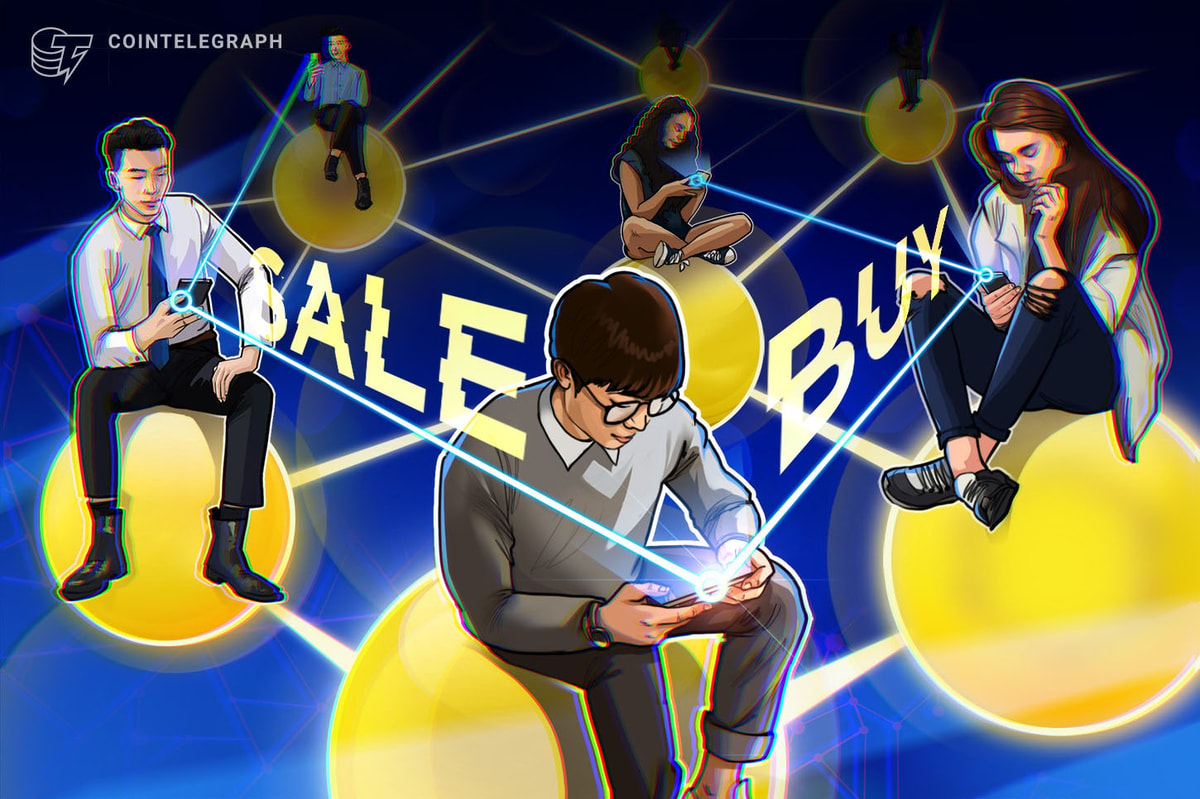Over the last few years, our understanding of the XR landscape and its potential has evolved drastically. We’ve discovered extended reality isn’t just a powerful tool for the gaming space. It’s also a platform where companies can enhance collaboration, unlock new forms of training, inspire others, and connect with consumers. In simple terms, the possibilities are endless.
For the arts and entertainment landscape, XR has emerged as a particularly valuable solution for connecting with consumers and fans at scale. In the last few years, creative professionals and artists have struggled to maintain their relationship with customers in an era of lockdowns and harsh government regulations. The pandemic, combined with social distancing requirements, has forced leaders in this space to digitally evolve, and find new ways of showcasing their work.
Extended reality, in the form of AR, VR, and even mixed reality, has opened the door to a new future where arts and entertainment can be accessible anywhere, at any time, with the right technology. Let’s explore the state of XR in arts and entertainment today.
The Potential for XR in Arts and Entertainment
Examples of arts and entertainment innovations have already begun to emerge in the VR world with immersive concerts, and the AR world with augmented galleries and museums. Going forward, mixed reality innovations could even create a future where people can actively interact with virtual holograms of their favourite artists in their own home.
Already, market innovators have begun using this technology to bring holographic renditions of celebrities to concerts and shows. As digital experiences and entertainment become increasingly popular in the post-pandemic age, and the metaverse introduces new ways for people to connect online, the potential for XR in the arts and entertainment sector will only grow. Just some of the use cases available now include:
- Hybrid experiences: Through mixed reality, entertainment companies can place a hologram of a deceased artist on a stage, and allow attendees to experience the excitement of a real-life event. At museums, creators can use QR codes linked to AR apps to provide customers with immersive insights and guidance as they interact with each piece on display. These hybrid experiences will create new opportunities to further enhance the entertainment experience for every individual user. It could even help with accessibility, by allowing people to access translations and real-time sign-language when necessary.
- Anywhere exhibitions: Museums and galleries lost a significant amount of patronage during the pandemic, due to lockdowns and government regulations. Even as restrictions have lessened, many consumers are still nervous about travelling to different locations to view art. With AR solutions, it’s possible to exhibit new creations to fans wherever they are. Using an app on their smartphone, a user can see what a new piece would look like on their wall. They could even purchase art directly through commerce-enabled applications.
- Virtual events: Over the last couple of years, more musicians, comedians, and other creative professionals have adopted live streaming and XR technologies to interact with fans outside of the traditional physical event space. Some of the world’s leading creators have already begun moving into this world, including Ariana Grande and Travis Scott. XR vendors like Meta have also partnered with music labels like Sony Music to make virtual events even more accessible on a global scale.
- Unique collaborations: XR in the arts and entertainment space doesn’t just enhance the user experience, it can also boost experiences for creatives too. Through VR headsets and MR solutions, creators can collaborate with other professionals from around the globe in unique and inspiring ways. There have even been a number of examples of artists creating music videos entirely in VR. Going forward, we could see more teams and creative professionals collaborating through immersive tools, to enhance the entertainment space.
Trends Driving XR in Arts and Entertainment
Like many industries, the arts and entertainment sector has been forced to evolve at an exceedingly rapid pace in recent years. The space thrives on meaningful, emotional interactions with consumers – something which hasn’t been easy to achieve in the wake of the pandemic. XR allows creators and entertainment companies to engage their audience once again in new and exciting ways.
As the technology landscape continues to evolve, certain trends are also pushing the rapid innovation of the arts and entertainment space forward further, such as:
- NFTS: Non-fungible tokens have become an exciting new concept in the arts world, giving professionals an opportunity to monetize their work on a different scale. Even artists like Damien Hirst have begun converting some of their collections into NFTs for their fans to enjoy in digital formats. The XR landscape will allow users to store, collect, and interact with their favorite art pieces whenever they choose.
- The Metaverse: Alongside the rise of NFTs, we’re also seeing an increased interest in the metaverse, and the creation of digital spaces for entertainment and art. In the future of the metaverse, we may see entire art galleries built in a virtual reality landscape, with access to an ever-changing range of NFTs for customers to buy. At the same time, the metaverse will further enhance the popularity of virtual events for all kinds of artists.
- Teleportation: As mentioned above, mixed reality tools are already making it possible to essentially “teleport” people into various environments without them having to be physically present. This could lead to a new style of event experience in the years to come. Entertainment companies could effectively transmit holographic versions of an artist performing in one place to multiple locations at the same time.
- Immersive entertainment: As the digital landscape continues to evolve, consumers are looking for more powerful ways to immerse themselves into their entertainment experiences. There are already VR apps available for tools like Netflix, and apps which allow users to step within the 360-degree environment of music videos. Entertainment options embracing the power of VR will likely increase as the technology is continuously refined.
- 5G: Streaming entertainment-based content to people all around the world in real-time takes a significant level of bandwidth, and a high-quality internet connection. 5G and evolving mobile connectivity should allow people from all parts of the world to access more of the unique experiences XR has to offer.
Exploring the Future of XR in Arts and Entertainment
While XR has many potential benefits for artists and entertainers, perhaps the biggest of all is its ability to unlock a wider, more diverse audience for creators.
With augmented reality glasses, users can view a hyper-realistic rendition of a new piece at a gallery without having to leave their home. Using virtual reality, people can step into a concert or immerse themselves in their favourite television show, just by wearing a headset. With MR, people can interact with artists like never before. There’s no doubt XR will play a significant role in the future of our entertainment.
Read More: www.xrtoday.com









 Bitcoin
Bitcoin  Ethereum
Ethereum  Tether
Tether  XRP
XRP  Solana
Solana  USDC
USDC  Dogecoin
Dogecoin  Cardano
Cardano  TRON
TRON  Lido Staked Ether
Lido Staked Ether  Wrapped Bitcoin
Wrapped Bitcoin  Sui
Sui  Wrapped stETH
Wrapped stETH  Chainlink
Chainlink  Avalanche
Avalanche  Stellar
Stellar  Hyperliquid
Hyperliquid  Shiba Inu
Shiba Inu  Hedera
Hedera  LEO Token
LEO Token  Bitcoin Cash
Bitcoin Cash  Toncoin
Toncoin  Litecoin
Litecoin  Polkadot
Polkadot  USDS
USDS  WETH
WETH  Monero
Monero  Bitget Token
Bitget Token  Binance Bridged USDT (BNB Smart Chain)
Binance Bridged USDT (BNB Smart Chain)  Wrapped eETH
Wrapped eETH  Pepe
Pepe  Pi Network
Pi Network  Ethena USDe
Ethena USDe  Coinbase Wrapped BTC
Coinbase Wrapped BTC  WhiteBIT Coin
WhiteBIT Coin  Dai
Dai  Bittensor
Bittensor  Aave
Aave  Uniswap
Uniswap  NEAR Protocol
NEAR Protocol  Aptos
Aptos  OKB
OKB  Jito Staked SOL
Jito Staked SOL  Ondo
Ondo  BlackRock USD Institutional Digital Liquidity Fund
BlackRock USD Institutional Digital Liquidity Fund  Cronos
Cronos  Tokenize Xchange
Tokenize Xchange  Ethereum Classic
Ethereum Classic